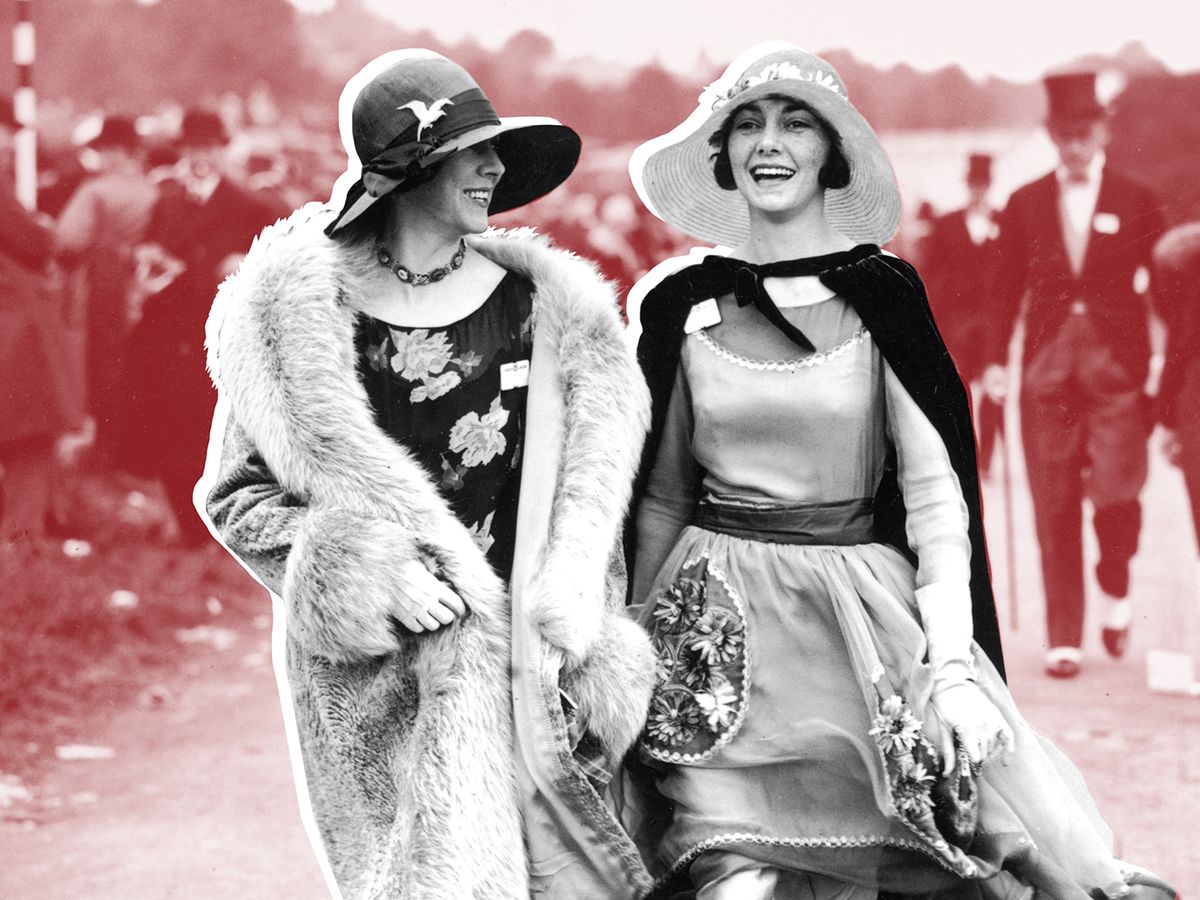
Introduction
In the ever-evolving world of fashion, where trends come and go with each passing season, vintage fashion stands as a timeless testament to the enduring charm of the past. From the roaring 1920s to the groovy 1970s, vintage fashion pieces not only transport us to different eras but also allow us to celebrate the artistry and craftsmanship of bygone times. In this article, we will delve into the enchanting world of vintage fashion, exploring its enduring allure and why it continues to captivate fashion enthusiasts worldwide.
A Journey Through Time
Vintage fashion, often defined as clothing and accessories that are at least 20 years old, offers a window into the fashion sensibilities of various eras. Each decade has its own unique style, reflecting the social, cultural, and political influences of the time.
- The 1920s: The era of the flapper, where women abandoned corsets for drop-waist dresses, embraced shorter hemlines, and adorned themselves with extravagant accessories like beaded headbands and long pearl necklaces.
- The 1950s: A time of feminine grace and poise, characterized by full-skirted dresses, cinched waists, and cat-eye sunglasses, popularized by icons like Marilyn Monroe and Audrey Hepburn.
- The 1970s: The heyday of bohemian chic, with flowing maxi dresses, bell-bottom pants, and earthy color palettes that epitomized the counterculture spirit of the era.
Time-Tested Quality
One of the most appealing aspects of vintage fashion is the quality of craftsmanship that was prevalent in earlier decades. Garments from the past were often made with meticulous attention to detail, using durable fabrics and construction techniques that have stood the test of time. This longevity not only allows vintage pieces to remain in wearable condition but also contributes to sustainable fashion practices, reducing the environmental impact of fast fashion.
Sustainable Fashion Choice
In a world increasingly concerned about environmental sustainability, vintage fashion has gained a new following. By choosing to wear vintage clothing, individuals reduce the demand for new production, thus decreasing the fashion industry’s carbon footprint. Vintage pieces are also a way to support the circular economy, giving pre-loved items a new lease on life.
Uniqueness and Individuality
Vintage fashion empowers individuals to create a style that is uniquely their own. Unlike mass-produced, cookie-cutter fashion items, vintage pieces are often one-of-a-kind or produced in limited quantities. Wearing vintage allows fashion enthusiasts to stand out from the crowd and express their personal style in an authentic way.
The Thrill of the Hunt
For many, part of the allure of vintage fashion lies in the thrill of the hunt. Scouring thrift stores, flea markets, and online marketplaces for hidden gems can be an exciting and rewarding experience. It’s a treasure hunt where you never know what rare and beautiful piece you might discover.
Celebrity Influence
Celebrities and fashion icons have also played a significant role in popularizing vintage fashion. When stars like Kate Moss, Sienna Miller, or Rihanna step out in vintage couture, it sends a clear message that wearing vintage is not only fashionable but also chic.
Conclusion
Vintage fashion is more than just clothing; it’s a portal to the past, a statement of sustainability, and a canvas for personal style. With its timeless appeal, enduring quality, and eco-conscious benefits, vintage fashion continues to capture the hearts of fashion enthusiasts around the world. Whether you’re drawn to the flapper dresses of the 1920s, the elegance of the 1950s, or the bohemian vibes of the 1970s, vintage fashion invites you to embrace the beauty of the past while making a stylish statement in the present. So, why not step into the world of vintage fashion and let its charm and allure enhance your wardrobe and sense of style?
